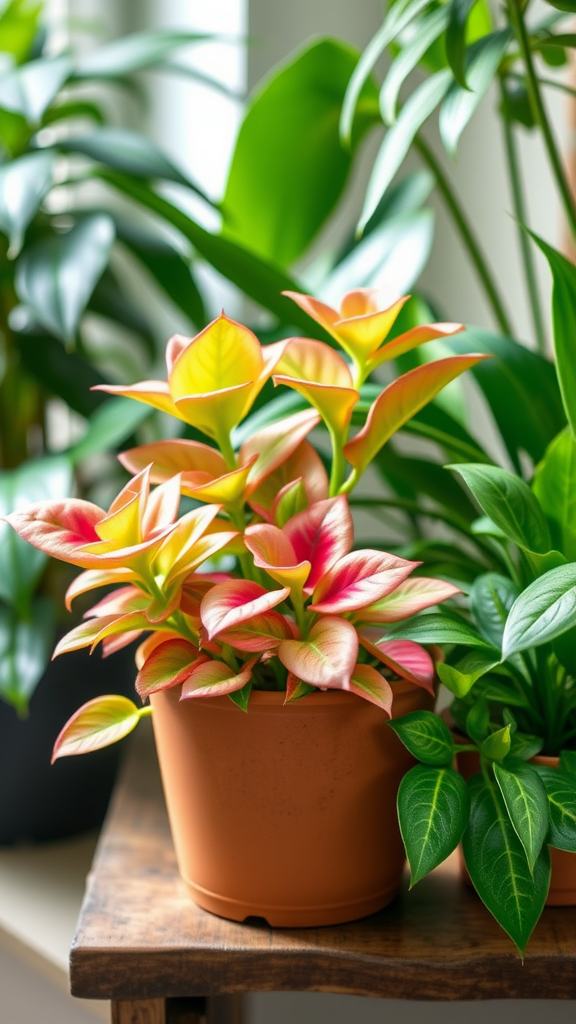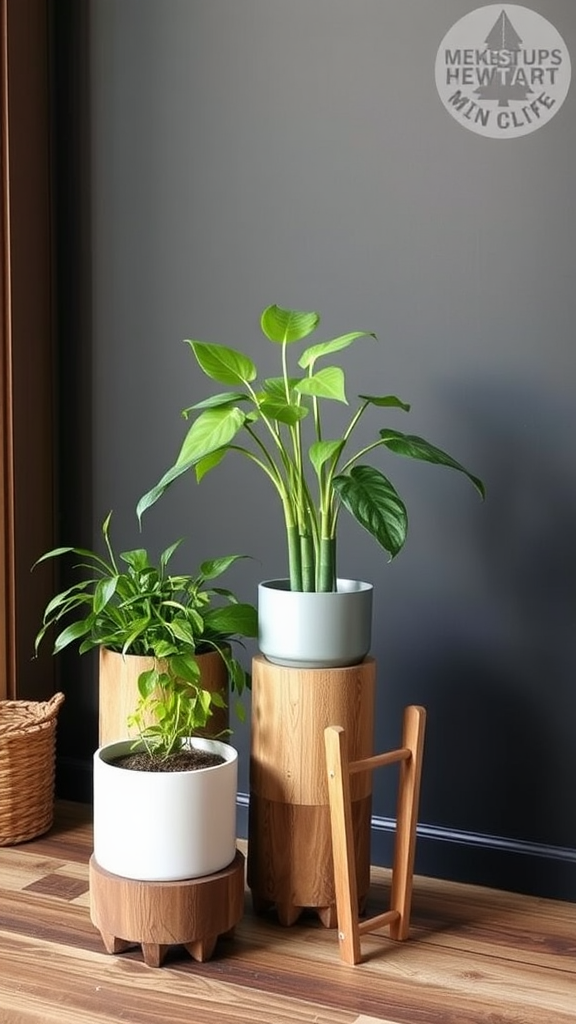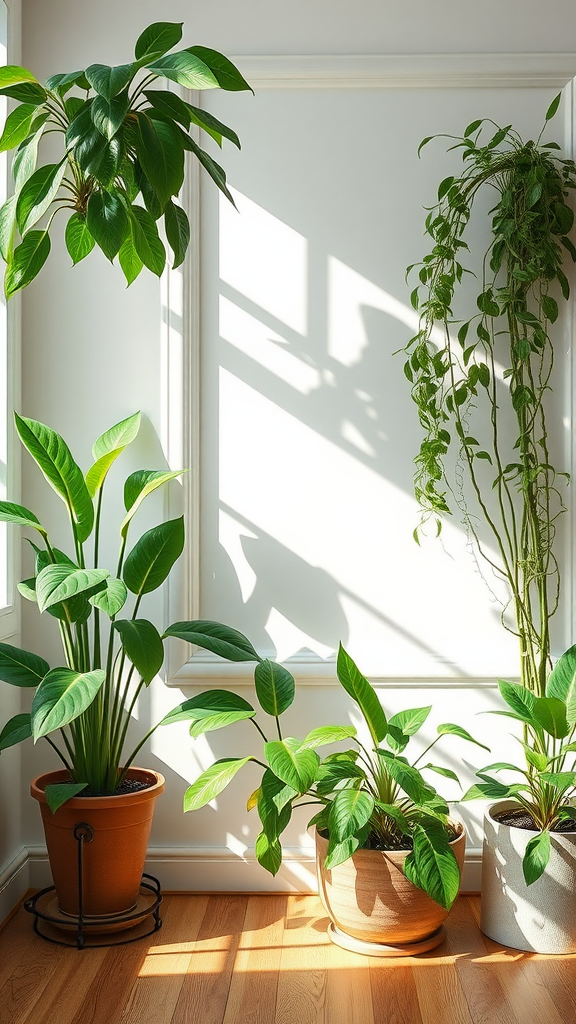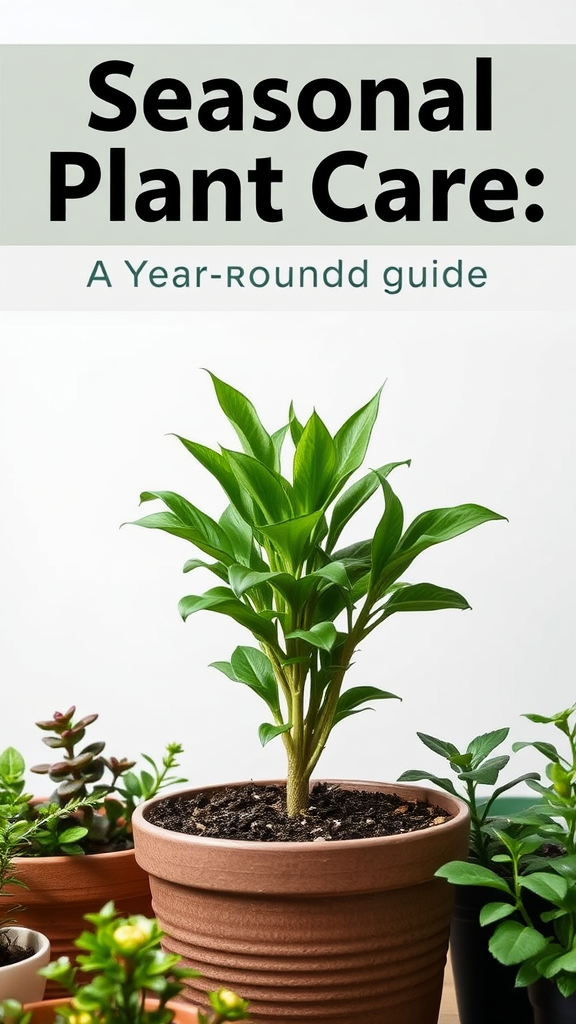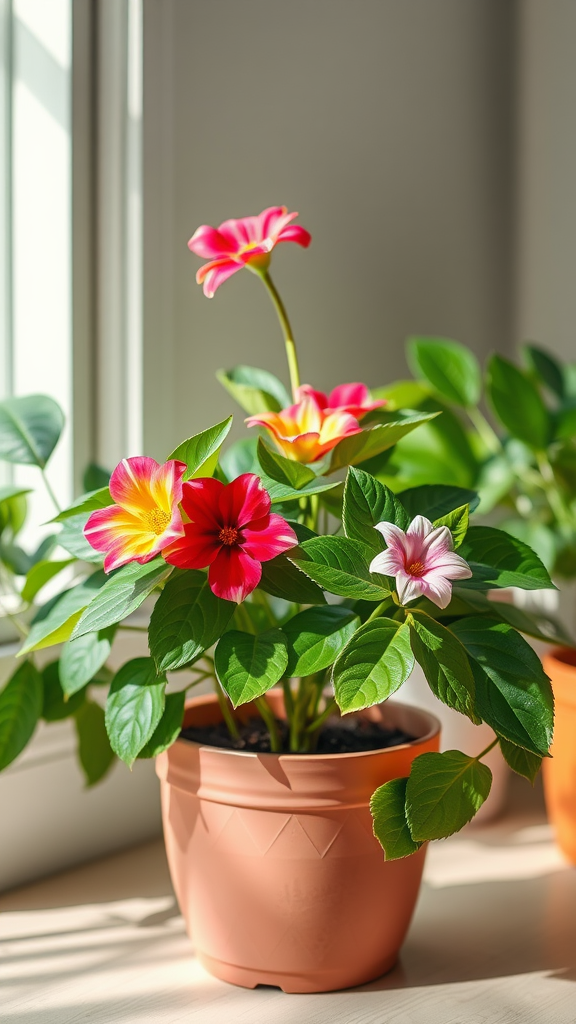Best Plants for Beginners: Top Easy-to-Grow Houseplants for Your Home
If you’re new to the world of indoor gardening, choosing the right plants can make all the difference. You want houseplants that are not only beautiful but also easy to care for. Here’s a guide to some of the best plants for beginners, ensuring that your journey into the realm of indoor gardening is both rewarding and enjoyable.
Spider Plant
The spider plant is one of the top choices for beginners. It’s forgiving and thrives in various conditions. This plant produces long, arching leaves that can grow up to 12 inches long. One of the charming features of the spider plant is its small “baby” plants, or offshoots, that can easily be propagated with little effort.
- Light: Prefers bright, indirect sunlight.
- Water: Allow the top inch of soil to dry out before watering.
- Care: Minimal; just trim off brown tips when needed.
Pothos
Pothos, also known as devil’s ivy, is loved for its vibrant green leaves and trailing vines. It’s a perfect plant for beginners because it can thrive in low light and can tolerate neglect.
- Light: Adaptable; can grow in low or bright indirect light.
- Water: Water when the top inch of soil feels dry.
- Care: Prune it back if it becomes too long, and it will flourish beautifully.
Snake Plant
Snake plants are iconic for their upright, sword-like leaves. They are very resilient and can survive in almost any indoor environment. They also purify the air, making them a fantastic addition to any home.
- Light: Thrives in low to bright indirect light.
- Water: Allow the soil to dry out completely between waterings.
- Care: Very low maintenance and forgiving if you forget to water.
ZZ Plant
The ZZ plant is another excellent option for beginners due to its ability to survive in low light and withstand infrequent watering. Its glossy leaves can add a tropical vibe to your home.
- Light: Does well in low to bright indirect light.
- Water: Water when the soil is completely dry to avoid root rot.
- Care: Extremely low maintenance; wipe leaves to keep them dust-free.
Peace Lily
The peace lily is not only easy to care for but also produces beautiful white flowers. This plant prefers shade and can even let you know when it’s thirsty by drooping slightly.
- Light: Prefers low to medium, indirect light.
- Water: Water when the soil feels dry; it will droop if it gets too dry.
- Care: Deadhead flowers when they fade and wipe the leaves to keep them shiny.
Rubber Plant
Rubber plants are popular for their large, shiny leaves that can bring life to your room. They are fairly easy to grow and can reach impressive heights with good care.
- Light: Prefers bright, indirect light but can tolerate lower light.
- Water: Allow the top inch of soil to dry out between waterings.
- Care: Clean leaves occasionally to let them photosynthesize effectively.
Cast Iron Plant
The cast iron plant lives up to its name, as it can endure tough conditions. It’s an ideal choice for those who may forget to water regularly.
- Light: Thrives in low light but can adapt to various conditions.
- Water: Allow the soil to dry out between waterings.
- Care: Very durable and requires little attention.
Choosing the right indoor plants can enhance your living space and create a peaceful atmosphere. With these easy-to-grow houseplants, you’ll soon find joy in nurturing greenery, even if you’re a beginner. Each of these plants adds character and can thrive with minimal care, making them perfect companions as you begin your indoor gardening adventure.
Tips for Caring for Houseplants: Simple Practices for New Plant Owners
Caring for houseplants can bring a vibrant touch to your living space and create a nurturing atmosphere. If you’re a new plant owner, it’s essential to understand simple yet effective practices that will ensure your green friends thrive. With the right approach, you can enjoy the beauty of healthy plants without feeling overwhelmed. Here are some useful tips that will make caring for your houseplants a delightful experience.
Understanding Light Needs
Every plant has specific light requirements. Observing your plant’s preferred light conditions will help you place it in the best spot. Here are some tips:
- Low Light Plants: If your home doesn’t receive a lot of sunlight, consider plants like snake plants or pothos. These houseplants can flourish in low-light environments.
- Medium Light Plants: Succulents and ficus prefer filtered light. Place them near east or north-facing windows for optimal growth.
- Bright Light Plants: If you have a sun-drenched space, go for cacti or rubber plants, which love bright, direct sunlight.
Watering Wisely
Watering is one of the most critical aspects of plant care. Overwatering is a common mistake among new plant owners. Here’s how to water smarter:
- Check the Soil: Before watering, stick your finger about an inch into the soil. If it feels dry, it’s time to water.
- Drill Not Water: Always water the base of the plant to keep the leaves dry. Moisture on the leaves can lead to fungal problems.
- Use Proper Drainage: Ensure pots have drainage holes. Excess water should be able to escape to prevent root rot.
Humidity and Temperature
Most houseplants thrive in conditions similar to their native habitats. Keeping an eye on humidity and temperature can go a long way in keeping your plants happy:
- Ideal Temperature: Aim for temperatures between 65°F and 75°F (18°C to 24°C). Avoid placing plants near drafts or heating vents.
- Increase Humidity: Many tropical plants prefer higher humidity. You can mist them occasionally or use a humidity tray filled with water and pebbles.
Fertilizing for Growth
Plants need nutrients to grow strong. Fertilizing correctly can boost their health significantly:
- Choose the Right Fertilizer: Use a balanced, water-soluble fertilizer during the growing season (spring and summer).
- Don’t Over-Fertilize: Too much fertilizer can harm your plants. Follow instructions on the label and fertilize sparingly.
- Organic Options: Consider compost or worm castings for a natural nutrient boost.
Regular Maintenance
Just like any living thing, plants require regular maintenance to stay healthy:
- Dust the Leaves: Indoor plants can collect dust. Gently wipe the leaves with a damp cloth to ensure they can photosynthesize effectively.
- Rotate Your Plants: Turn your plants periodically to ensure they grow evenly and receive light on all sides.
- Pruning: Trim dead or yellow leaves regularly to promote growth and improve airflow.
Pest Control
Houseplants can be susceptible to pests. Keeping an eye out for common issues can save your plants:
- Identify Pests Early: Look for signs of pests like discolored leaves or small webs. Common pests include aphids and spider mites.
- Natural Pesticides: Use soapy water or neem oil sprays to tackle mild pest infestations.
- Quarantine New Plants: If you bring a new plant home, keep it separate for a few weeks to ensure it’s pest-free before introducing it to your collection.
With these simple practices for caring for houseplants, you can create a thriving indoor garden. Remember that each plant is unique, and being attentive to its needs can help you become a successful plant parent. Enjoy the journey of growing and nurturing your green companions!
Conclusion
Starting your journey with houseplants doesn’t have to be daunting. By choosing the best plants for beginners, you can effortlessly enhance your living space while enjoying the health benefits that come with having greenery around you. From the resilient pothos to the charming snake plant and the low-maintenance zz plant, these easy-to-grow houseplants are ideal companions for new plant owners. Their forgiving nature allows you to learn and grow alongside them without fear of failure.
Caring for your houseplants doesn’t require a green thumb; simple practices can make all the difference. Whether it’s learning about proper watering, understanding light requirements, or identifying signs of common pests, these straightforward tips can ensure your plants flourish. Regular attention, like dusting leaves and rotating pots for even sunlight, will keep your plants healthy and happy. As you become more involved, you’ll discover the joy of nurturing these living beings and the connection they create in your environment.
Enjoying houseplants can transform any room into a vibrant oasis. With a bit of patience and attention, you’ll find that caring for your plants becomes a gratifying and therapeutic hobby. Embrace your new role as a plant parent and let your home bloom! Remember, each plant you introduce into your space not only adds beauty but also enriches your life. Dive into this green adventure, and watch as your confidence in plant care grows!

